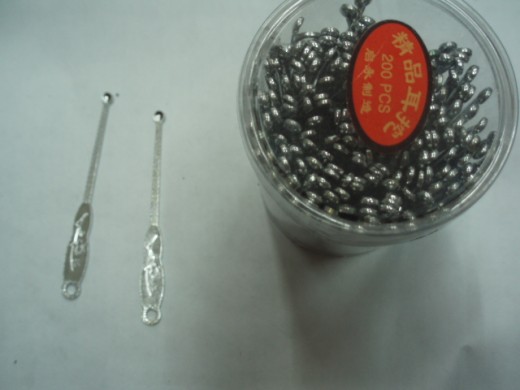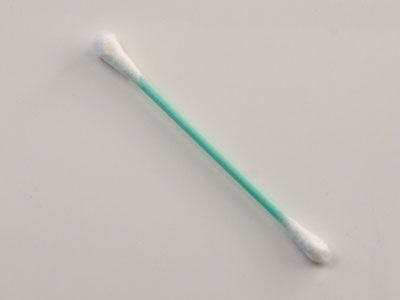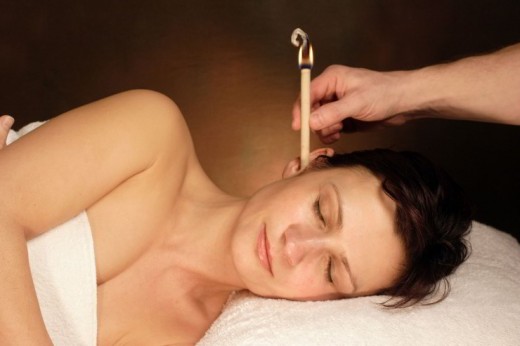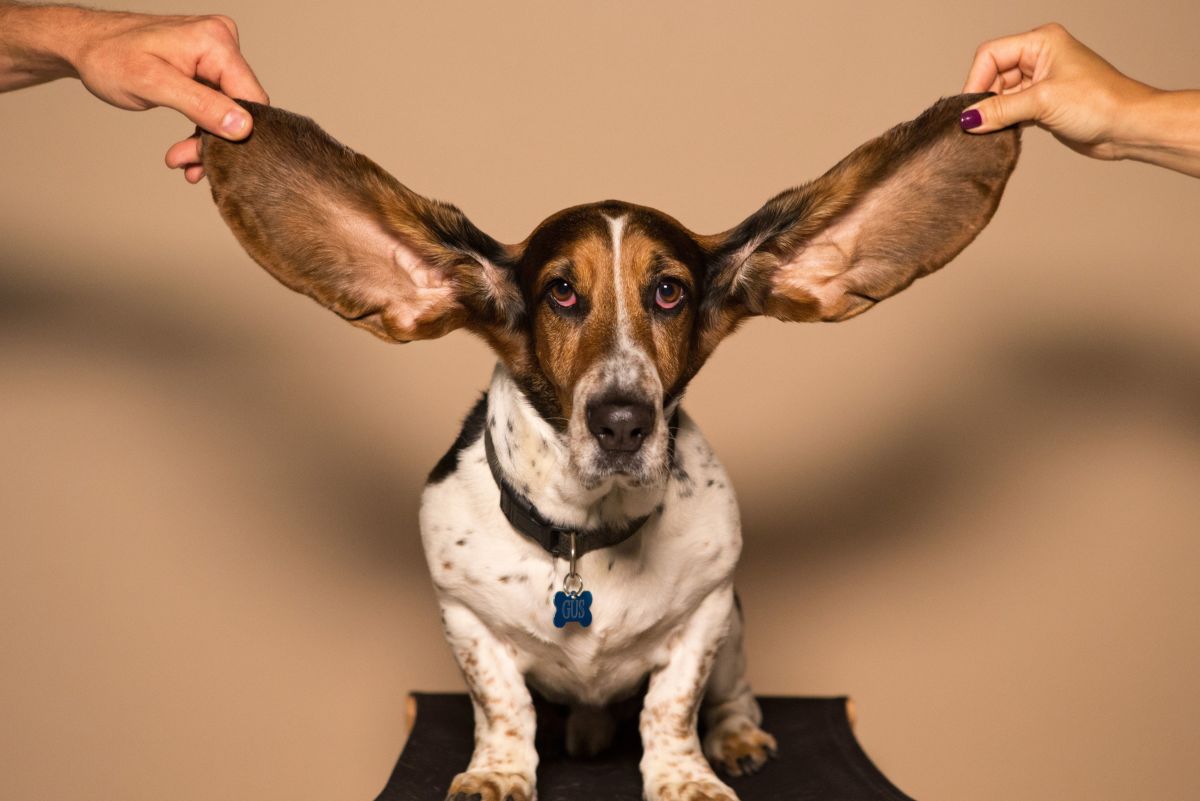Various Devices for Cleaning Ears
I never believe the ridiculous commandment "Never stick anything in your ears smaller than your elbow." What should you do then when your ear is full of gunk which make you not able to hear properly? Use the little finger? I don't think it can do the job.
Ear pick
In Asia, ear picks are the most common tools for earwax removal. Ear pick is like a tooth pick with a small scoop on the end, and its use is self-explanatory.
In China, traditional barber shops not only provide hair care, shaving and nostril-hair trims but also earwax removal (now banned for hygienic reason). The barber carefully picks all ear wax. The ear picking technique can be very effective in skilled hands, but can be painful and potentially damaging in less-skilled hands. Incidentally, removal of an impaction of hard wax is inevitably painful, regardless of technique.
When I was a child it was my mother who picked my ears. Letting somebody picking your ears is all about trust, isn't it? We trust that our parents and barbers will never hurt us. I took an ear pick with me when I moved to UK nine years ago and picked my ears myself (maybe because I don't trust my hubby enough to allow him to do it for me).
Bringing an ear pick with me was a wise thing to do cause I have never seen a single ear pick here in UK. I wondered how western people remove ear gunk and later found that local people use cotton swabs and ear candling which I will discuss later.

It seems that there is an ethnic reason behind different earwax removal techniques used in Asia and Europe. Asians tend to have dry and flaky ear wax than others. Some believe it is genetic and some think it is due to diet or climate. In any case, the dryness of the earwax is the reason why it can be easily scraped and scooped out with ear picks. It is true for us. Though I never had a chance to see a western people's earwax (and I don't want to), it's said that they have yellow/amber syrup like earwax.
If you have Asian type of earwax you can try using an ear pick even if you are not so skillful as a traditional Chinese barber or a western physician who is good at curette techniques, but be very careful when you use it to pick ears and don't using hard ear picks with sharp edge.

Cotton swab (a.k.a. Q-tip)
No matter how popular cotton swab is for cleaning ears, you've probably heard that using cotton swab is bad. Cotton swabs are okay to use to take off wax from your outer ear parts, but are not so effective as ear picks to remove wax inside the ear canal. What happens when you put a cotton swab in your ear canal is that a bit of wax gets stuck on the cotton, while the majority of the wax jets pushed back, packed into the back of the ear.
Here is a scary story about a death in Canada due to using cotton swab:
A Montreal resident Daniel St-Pierre died in March 2007, two days after he accidentally pierced his eardrum with a cotton swab. St-Pierre, 43, died of meningitis-induced intracranial complications caused by a bacterial ear infection that he developed after accidentally piercing his eardrum with a cotton swab while trying to treat a painful earache.

Ear candling
Ear candling, also known as thermal-auricular therapy, is a centuries old practice of cleansing the ear canal that has been widely practiced in countries such as zechoslovakia, Mexico, and Italy.
An ear candle is a rolled tube of beeswax and is hollow inside. One lies on his/her side, while somebody else inserts the ear candle into the ear then sets fire to the end. It creates a low-level vacuum that draws earwax and other impurities into the hollow candle.
However, according to medical researchers, ear candling is both dangerous and ineffective. The material that appears after ear candling, allegedly earwax and toxins, was found to be residue from the candle itself in several tests.








